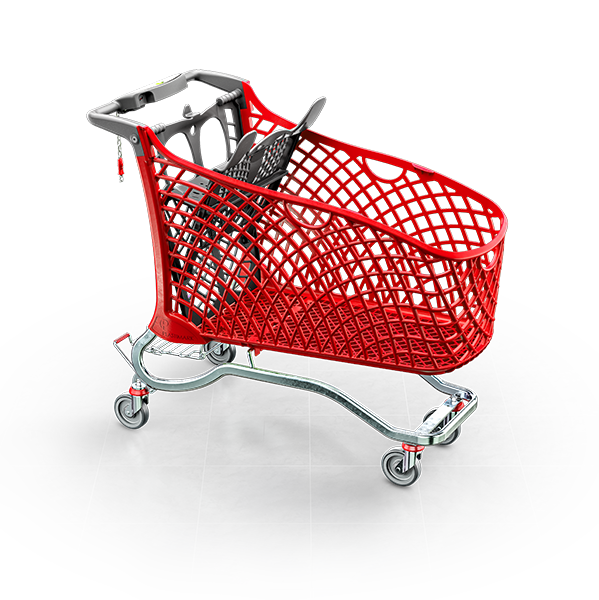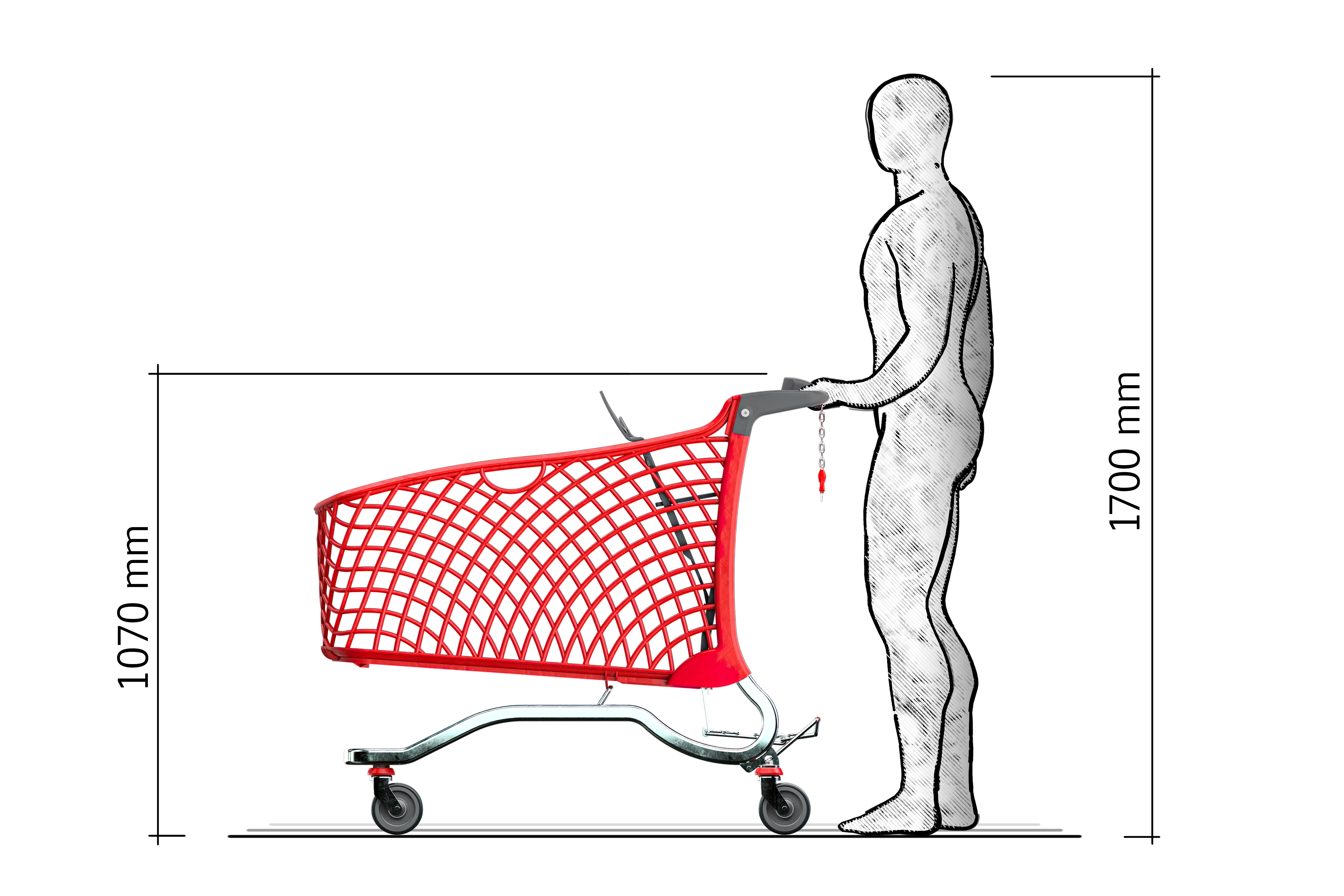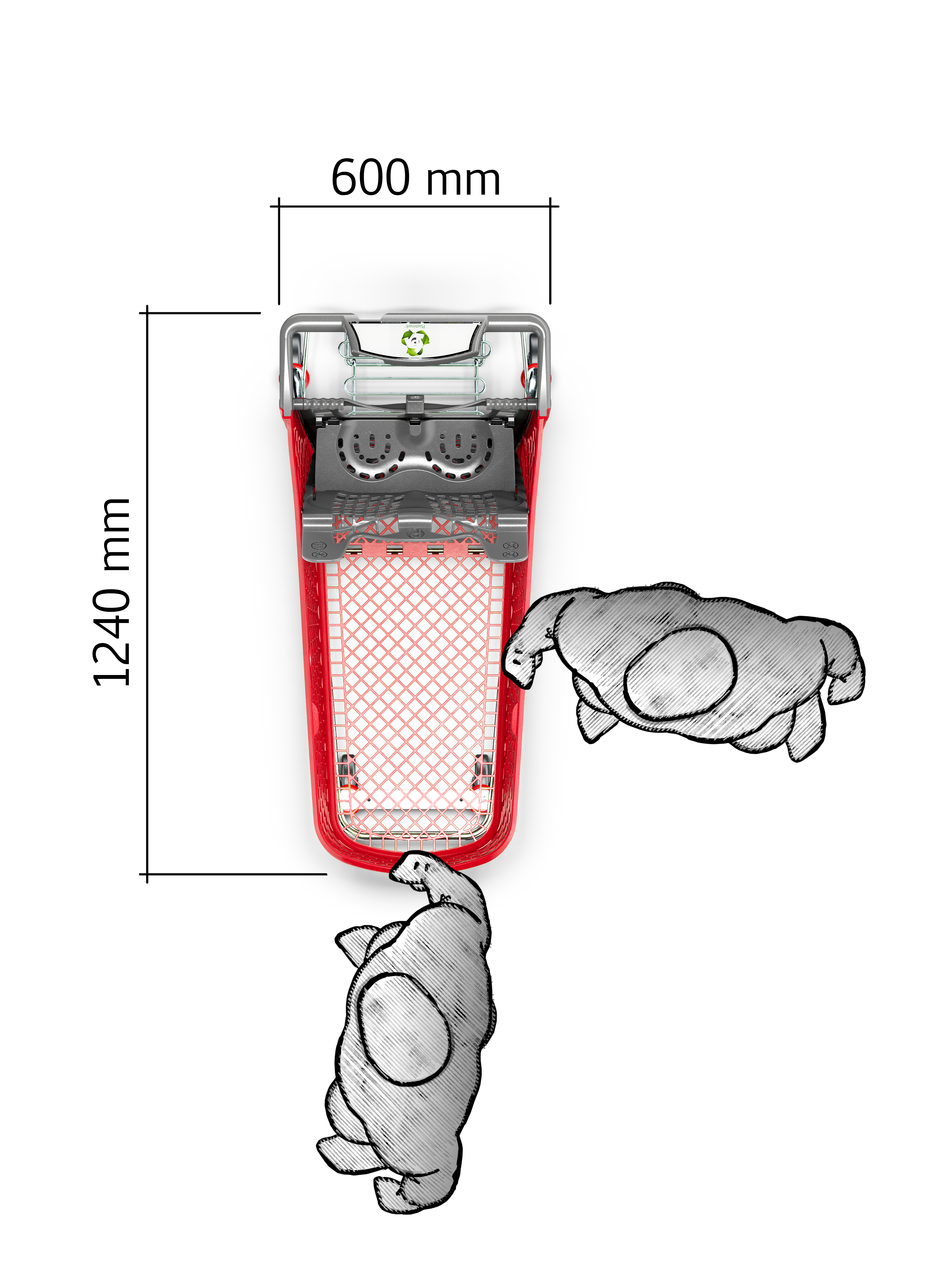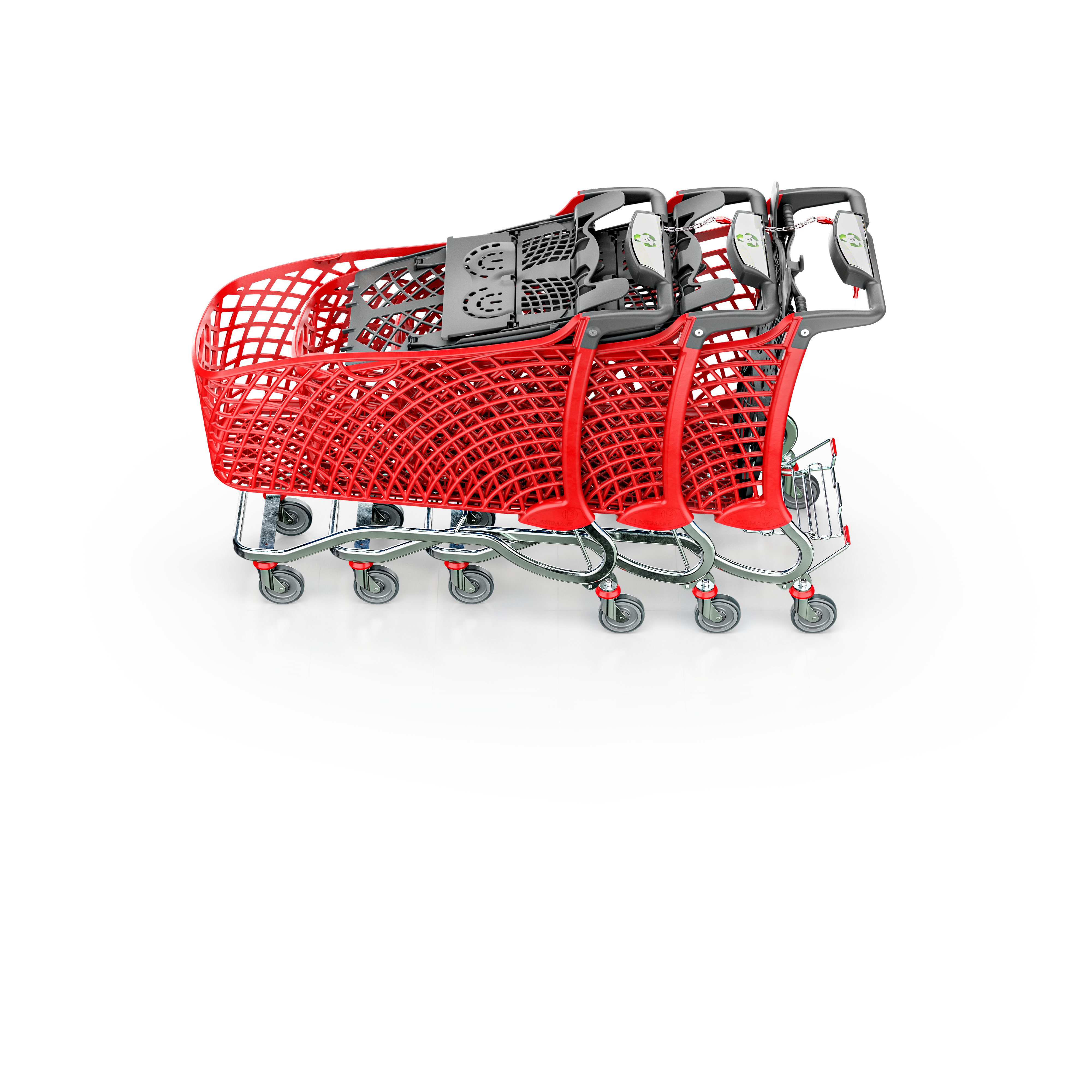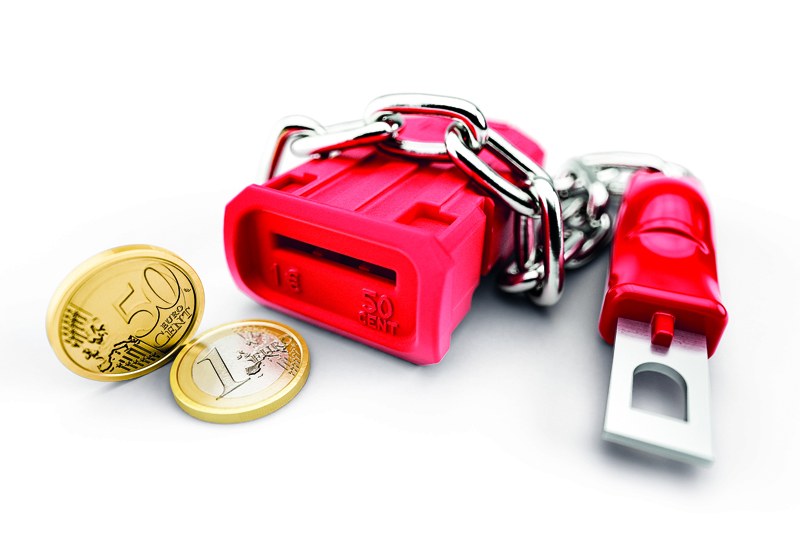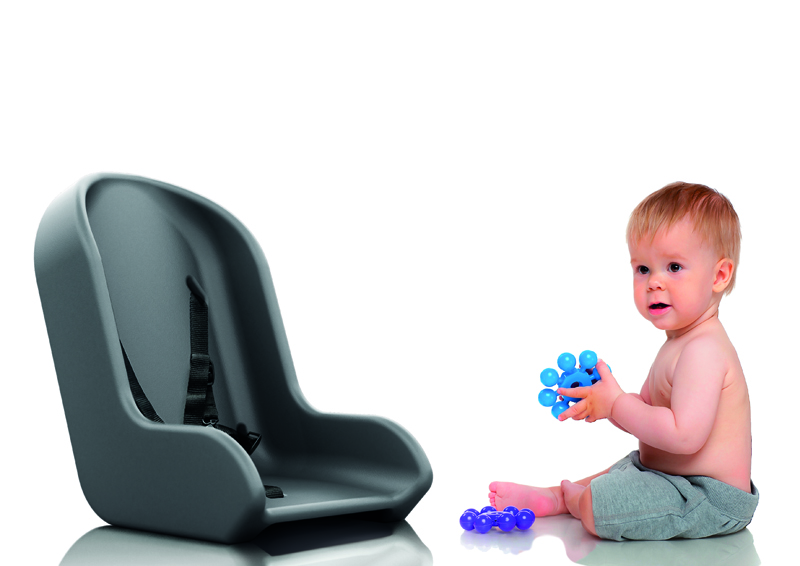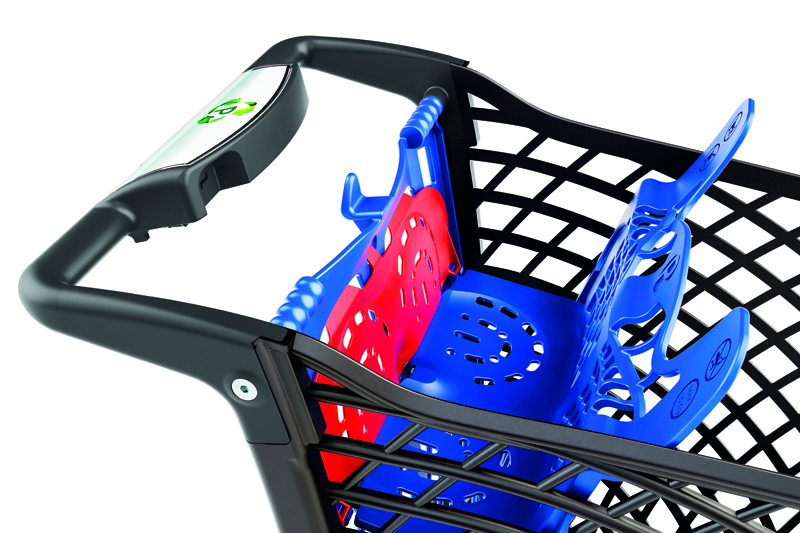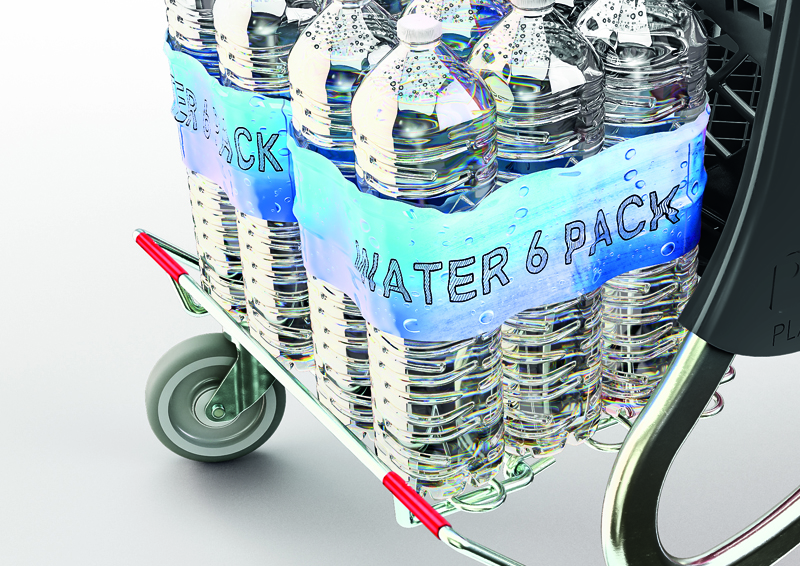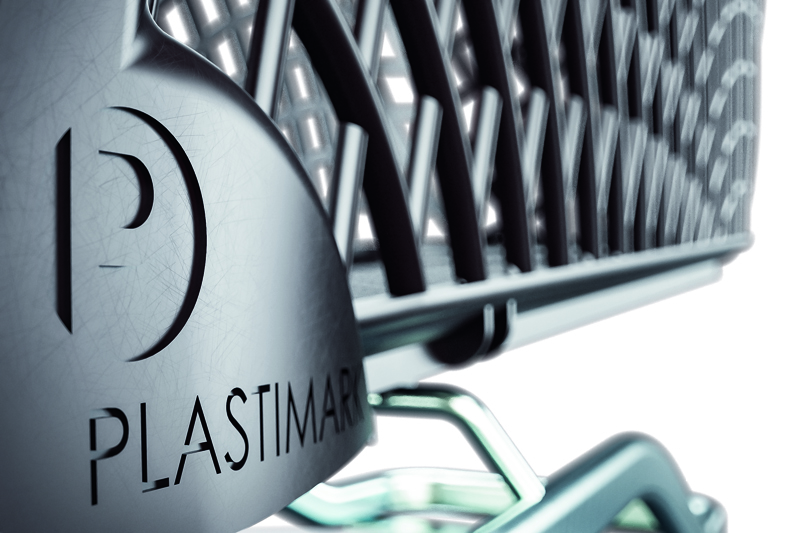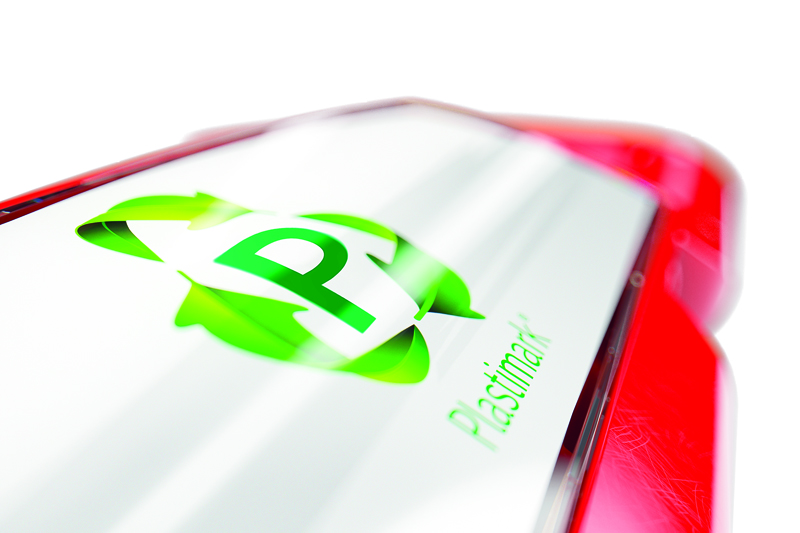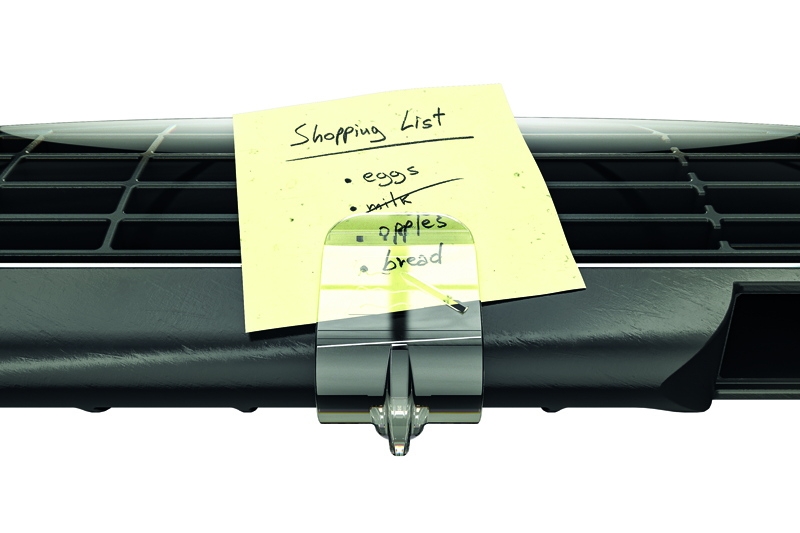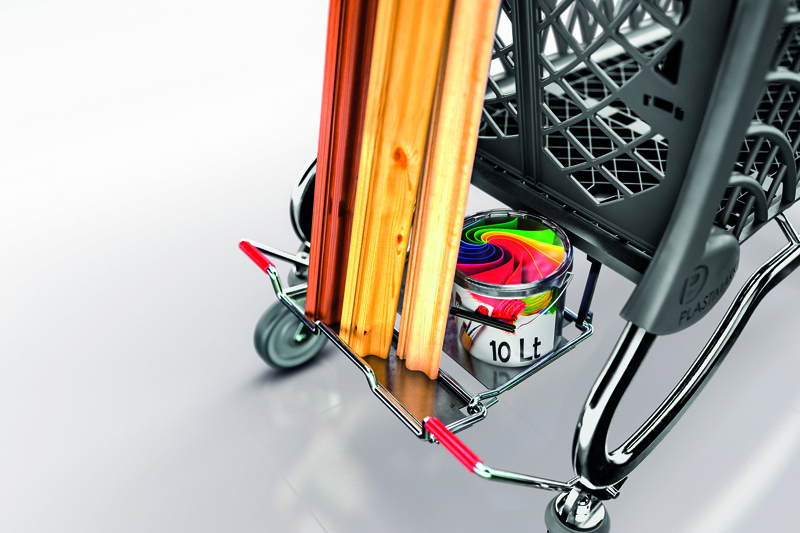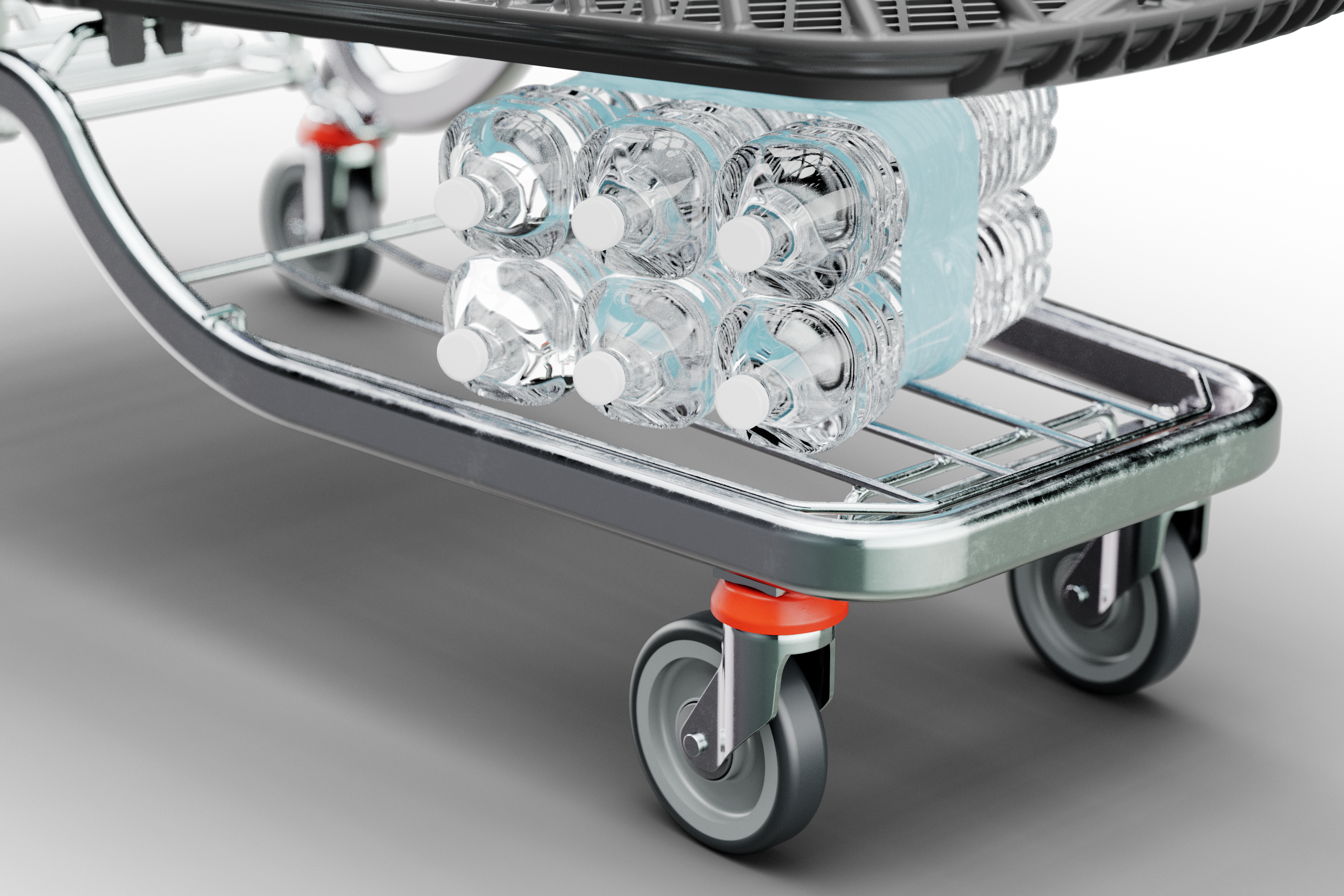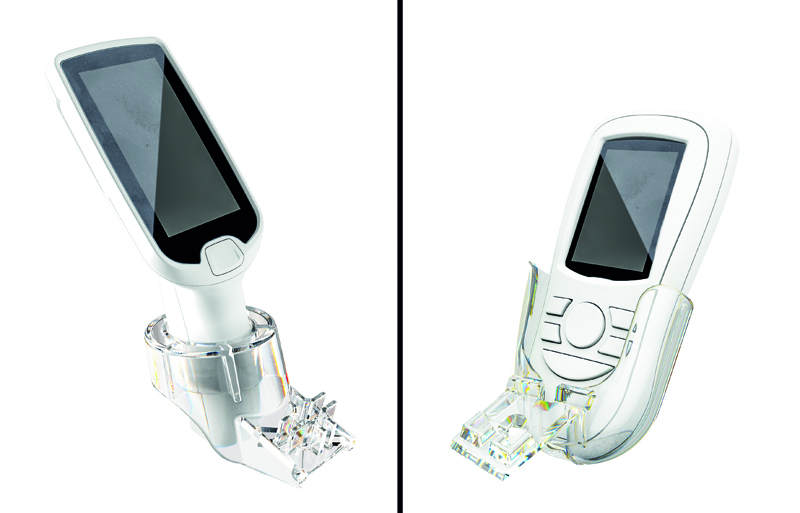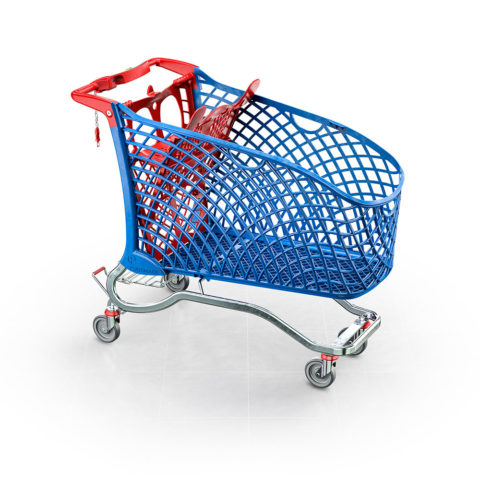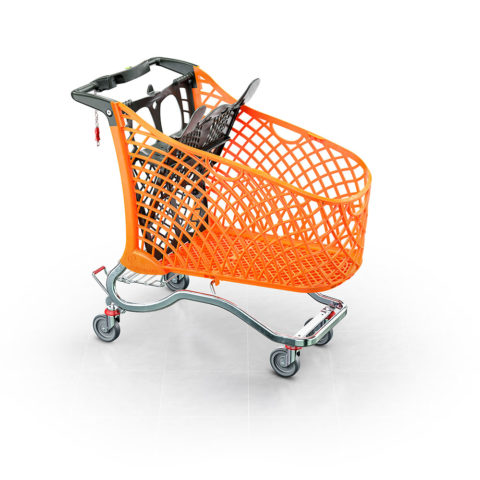Description
Maxi 220 lt
The thoughtful combination of metal and plastic, the unique and unmistakable design, the highest
performance, are the strengths of the Hybrid line.
MAXI 220 lt represents the most balanced mix of features in this product range.
Designed for medium to large surfaces, it is suitable for carrying heavy loads, while maintaining extraordinary lightness and maneuverability.
Characteristics
Capacity: 220 lt (theoretical volume)
Width: 600 mm
Height: 1.070 mm
Depth: 1.240 mm
Nesting capacity: 260 mm
Weight: 22 kg
Structure
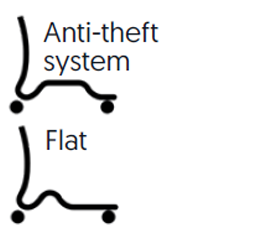
Colours
Baby-seat
● RAL 7043
● RAL 3020
● RAL 5015
Handle
● RAL 7043
● RAL 3020
● RAL 5015
Basket
● RAL 7043
● RAL 3020
● RAL 5015
● RAL 2008
● P 375C
Customisable in any colour on customer request

Accessories
Wheels
7. Hybrid Ø 125
8. Hybrid travelator Ø 125
9. Hybrid fixed rear wheels Ø 125
12. Hybrid with brake Ø 125
Load
1 truck
no. 384 items
1 x 20’ containers
no. 108 items
1 x 40’ containers
no. 252 items




your trolley
Fill out the form to download the product details
